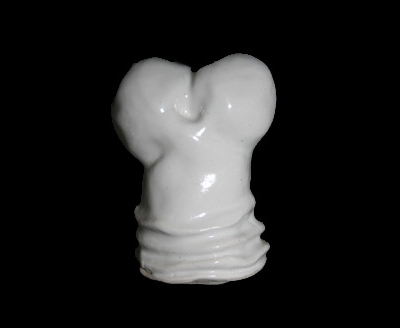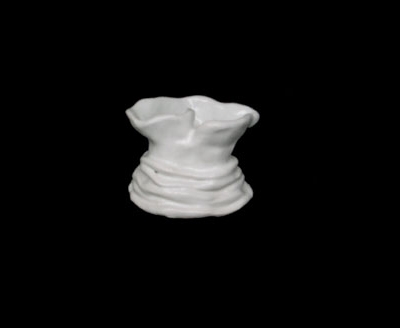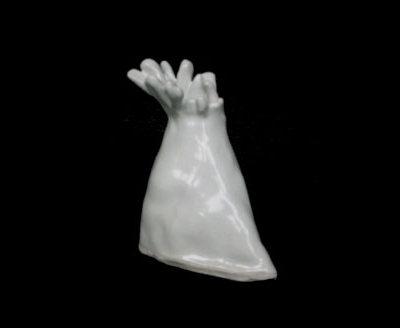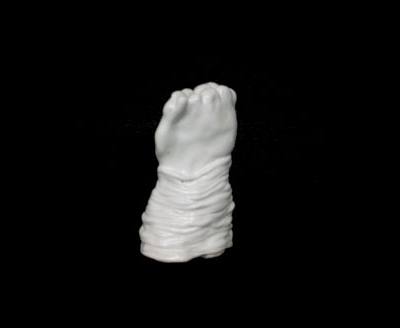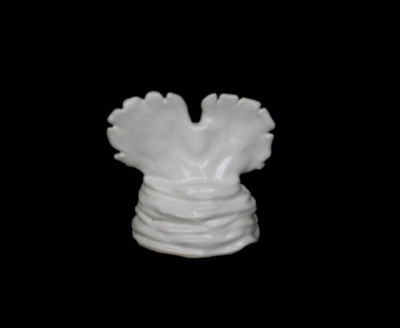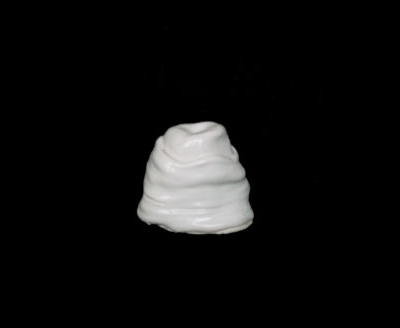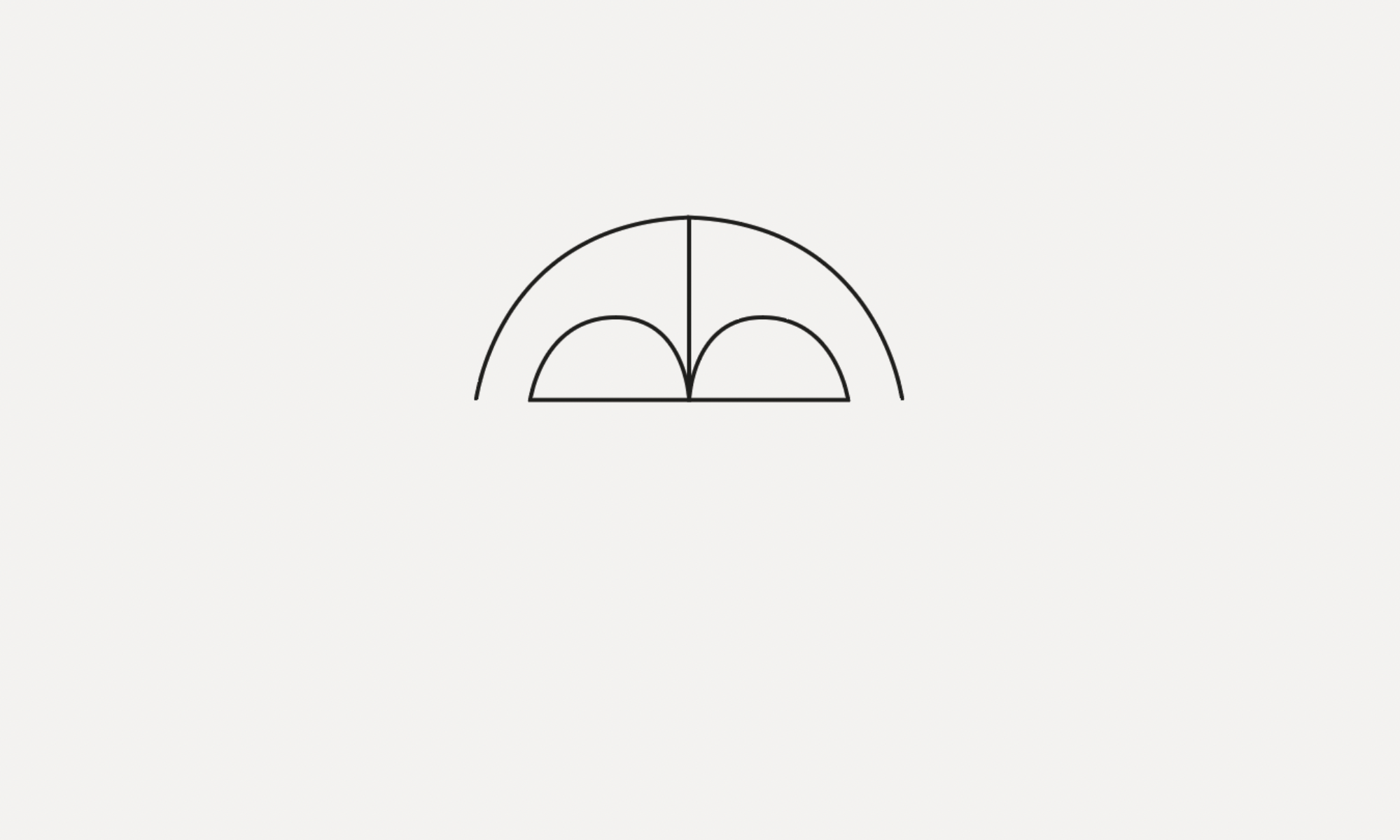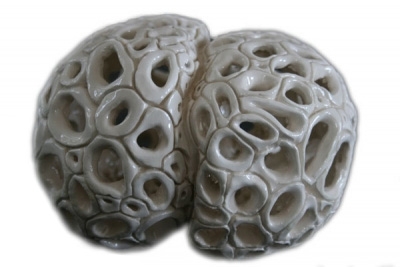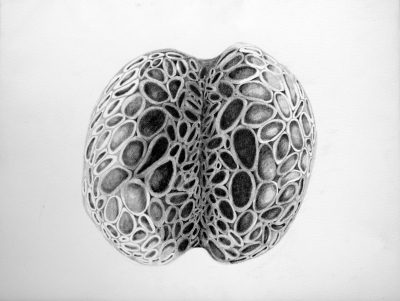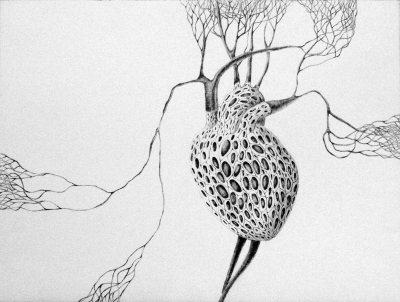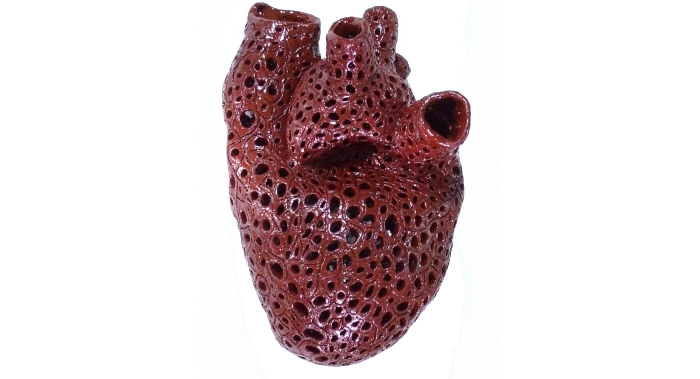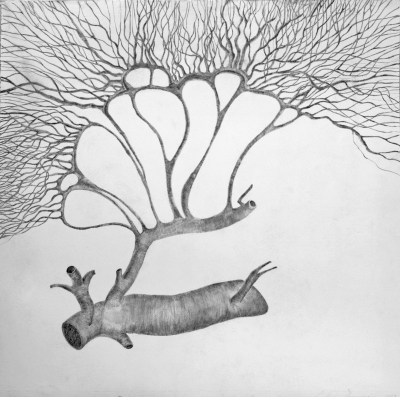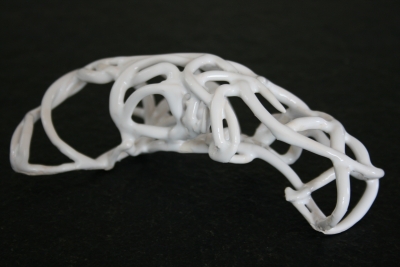(2004)
Horseshoes worms or Phylum Phoronids are marine invertebrates, worm-shaped, solitary, tube-dwelling lophophorates.
Phoronids are hermaphroditic and reproduce asexually. Gametes are released through the nephridia. Fertilisation is most probably internal. Phoronids generally follow one of two main types of reproductive strategies. Some species such as Phoronis ovalis lay only a few large eggs which have a lot of yolk.The second strategy is to lay a much larger number of smaller eggs. These eggs are released as soon as they are fertilised. They hatch a few days later into what is called an ‘actinotrocha’ larvae. The larvae undergo a planktotrophic development, for all species except one, during 2-3 weeks and settle after about 20 days. Metamorphosis is “catastrophic”, occurring in less than 30 minutes and leading to a slender young phoronid.
